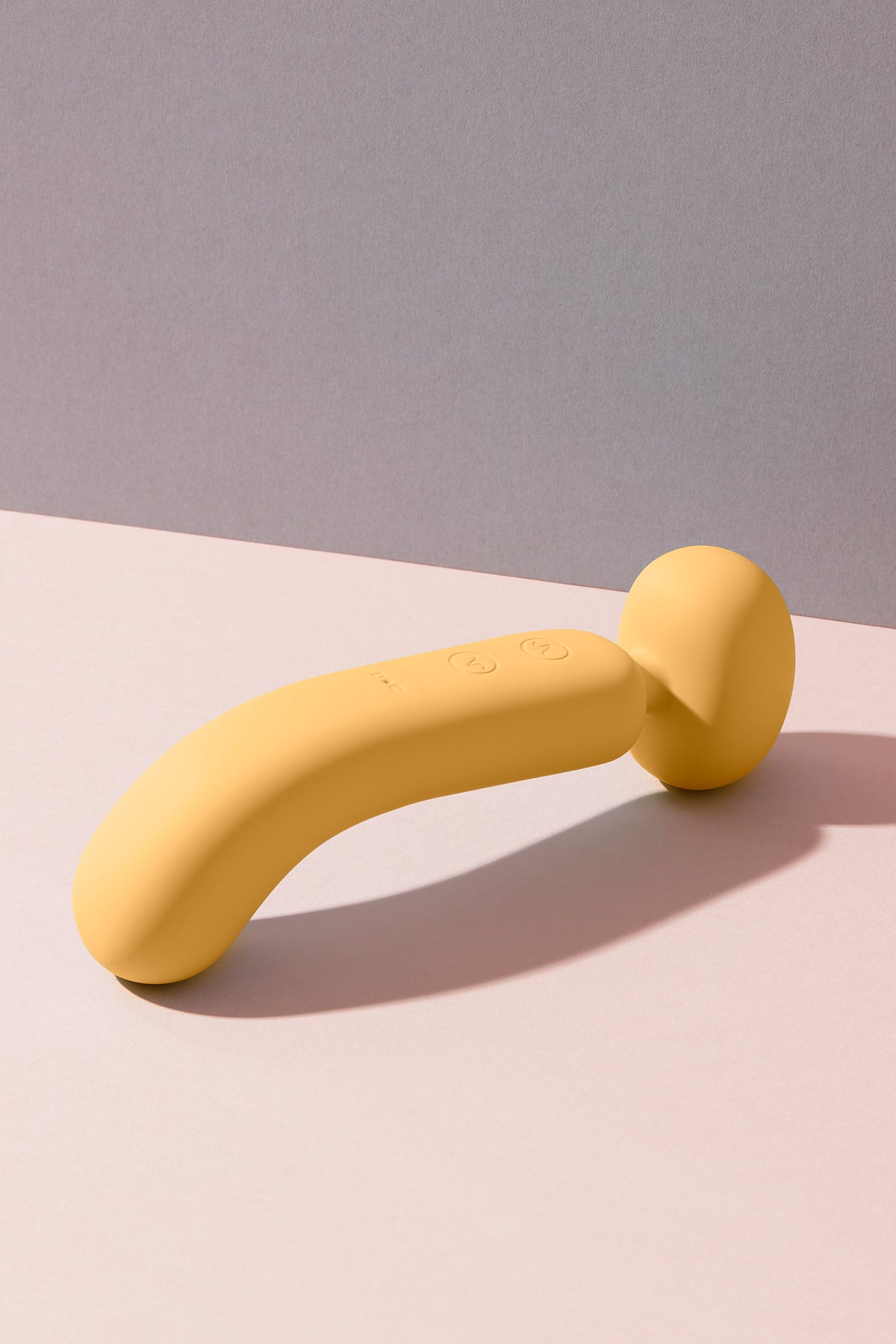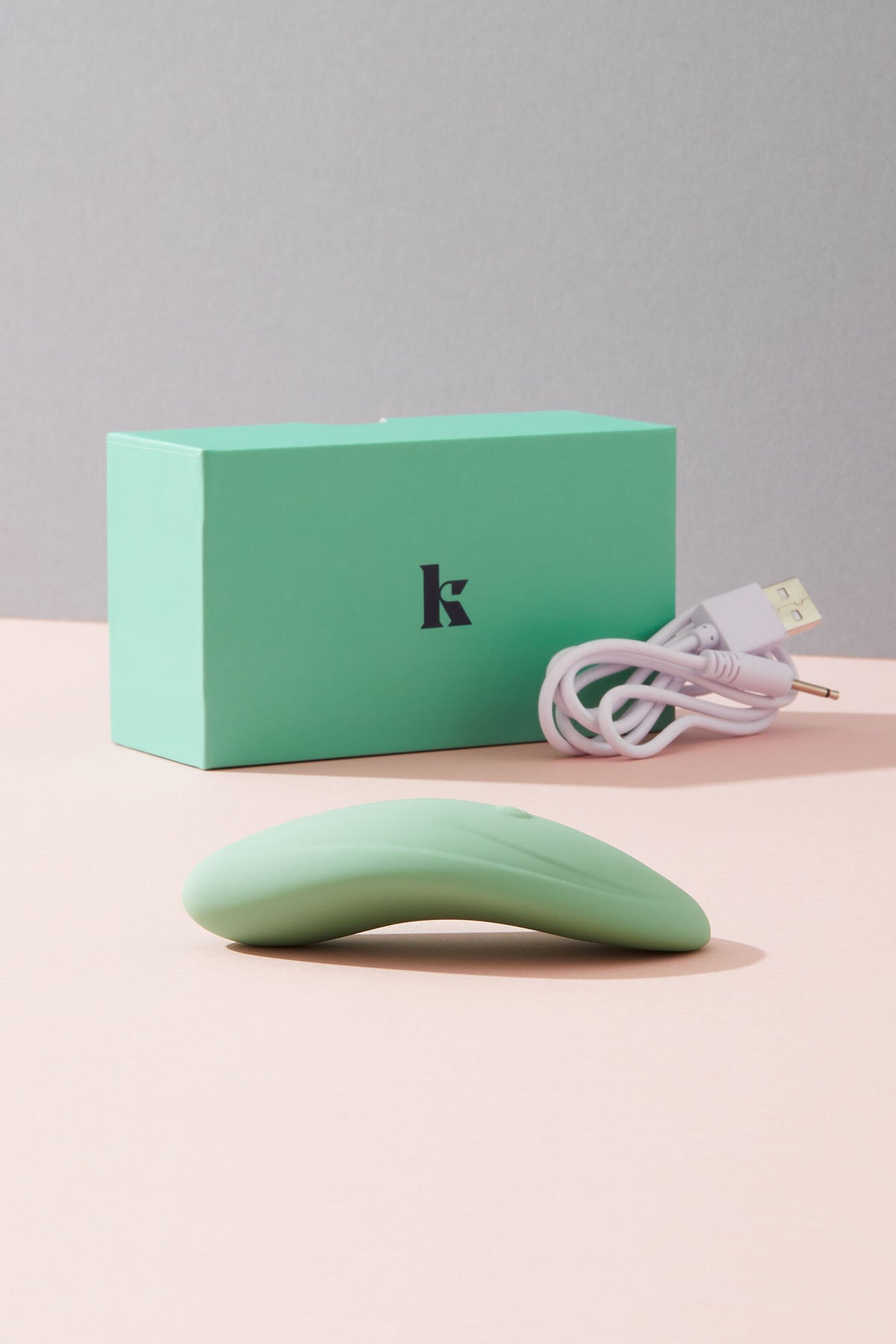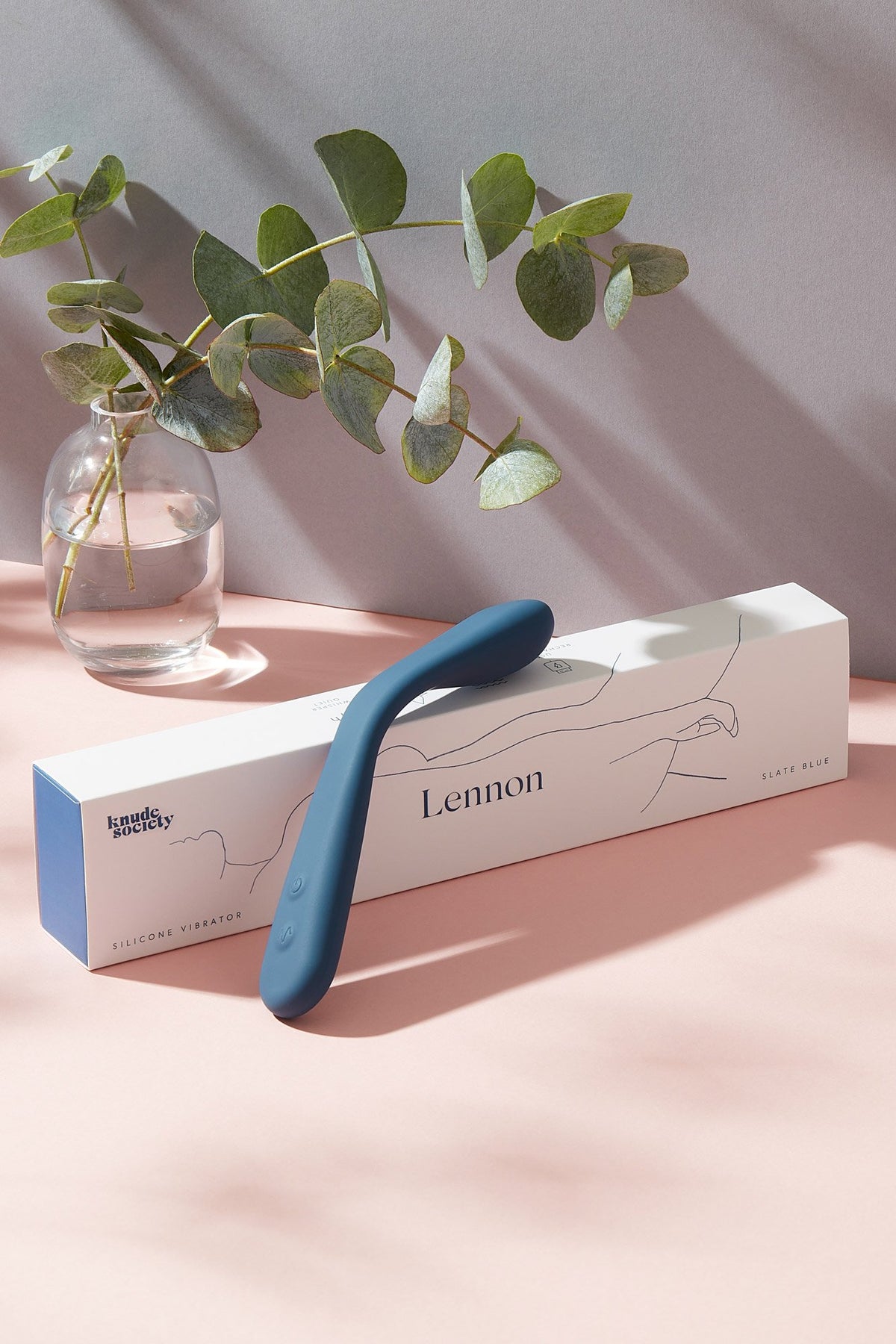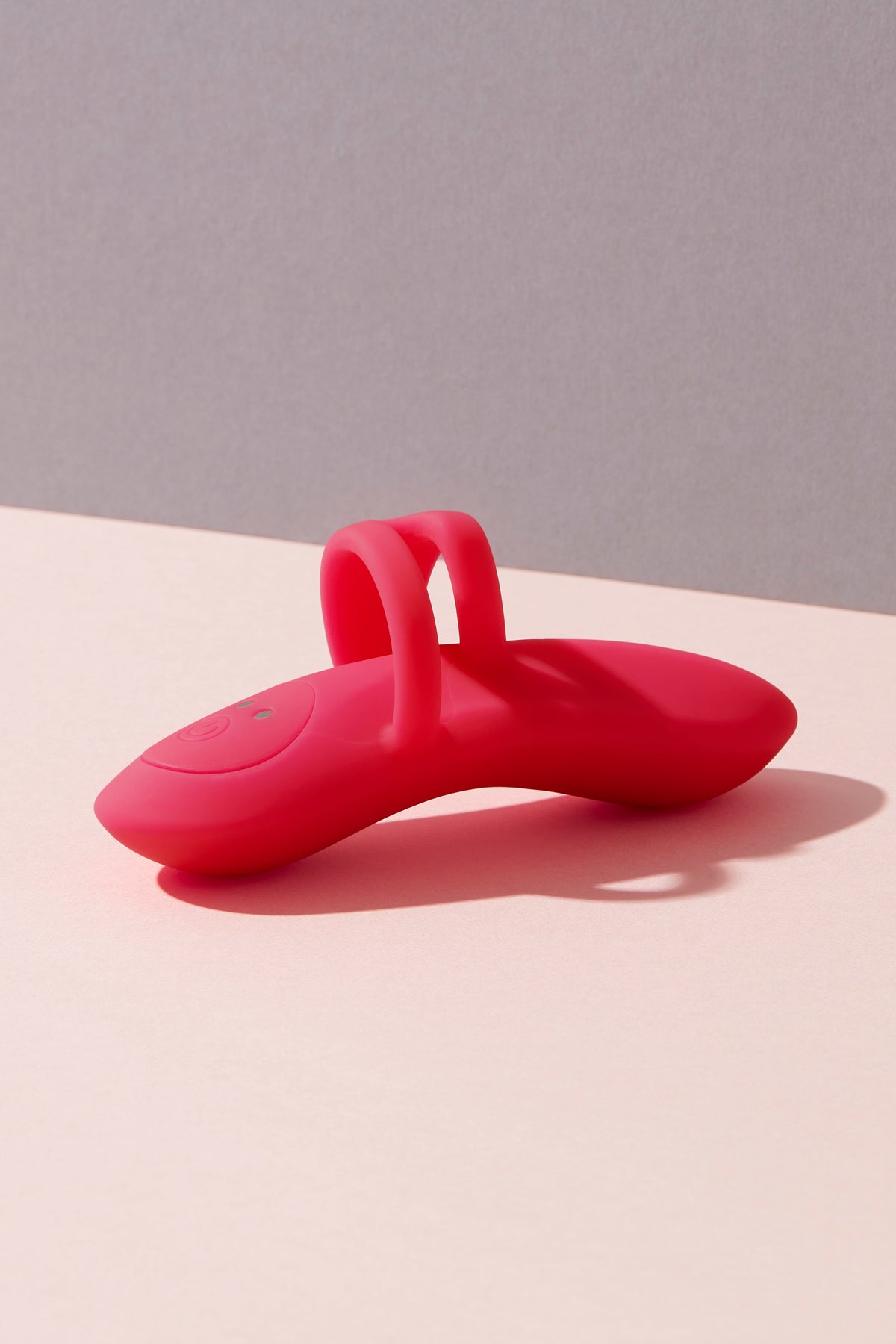TLDR: what we're talking about in this article 👇
-
Desire isn’t a switch, it’s a system. Hormones matter when it comes to low desire or low libido, but so do stress, sleep, meds, relationships, body image and cultural baggage.
-
Low desire or low libido becomes a clinical concern when it lasts 6+ months and causes distress (often called HSDD). Not wanting sex for a long time is only a problem if it bothers you.
-
The “pleasure gap” is real: men orgasm in 70–85% of encounters, women in 46–58% (Sexual Medicine Open Access).
-
Many women experience and have responsive desire. This is when sexual desire builds after arousal or context, not before. One study found 42% of women in longer-term relationships had sex without initial desire (PubMed).
-
You might've heard of testosterone therapy. But this is only recommended for post-menopausal HSDD, after full evaluation, and it's not a quick fix for everyone (Global Consensus Position Statement). Low testosterone is a rare cause of low sex drive or low libido in women, so therapy is only considered after other causes for not wanting sex are ruled out.
Understanding low sex drive in women
“Why don't I want to have sex?” It’s the question women often ask themselves, their friends, and googled at 2am. But, not being interested in sex and having a low libido is common! And it can be influenced by many factors.
Here’s the truth: sexual desire is contextual.
Hormones do play a part, but so do work stress, exhaustion, self-image, relationship dynamics, and whether sex usually ends with your orgasm or someone else’s.
And honestly? It can be A LOT.
Low sexual desire or low libido can have so many causes, it can feel a little overwhelming to know where to start. They can include psychological causes such as mental health, emotional well-being, and relationship issues.
But to be absolutely clear, there’s no universal “normal”. Only your personal baseline when it comes to your sexual desire. When your libido shifts from that baseline and it troubles you, that’s when it’s worth paying attention to.
Physical causes of low libido
When it comes to low libido, your physical health is playing a way bigger game than you might think!
Certain medical conditions, like high blood pressure, coronary artery disease, and neurological diseases can totally mess with your sex drive by messing up blood flow, nerve function, or just zapping your energy levels.
And don't even get us started on hormone changes, especially during menopause! They can leave you dealing with vaginal dryness that makes sex uncomfortable or downright painful, which naturally kills your sexual desire.
Medications? They can be another culprit causing low libido. Hormonal contraceptives, and some blood pressure meds can all tank your sex drive. If you've clocked a shift in your libido after starting something new, have a chat with your GP or medical specialist about it.
But don't stop or change how you've been instructed to take medications. Always speak to your care team first.
Your lifestyle habits matter too, and we mean BIG time. Too much booze, smoking, and drug use can influence your libido and crush your interest in getting it on. Even stuff that seems totally unrelated, like chronic stress or not getting enough sleep, can pile up and mess with your groove.
If you're dealing with persistent low libido, regular health check-ups and blood tests can help you uncover what's really going on behind the scenes. Treatment options might include hormone therapy, switching up your meds, or grabbing some lube to ease the discomfort and make sex enjoyable again!
Tackling these physical causes can be your power move toward reclaiming your sexual desire and getting back to feeling amazing.
The Pleasure Gap: why it matters for sexual desire
Across all ages, heterosexual men orgasm in 70–85% of encounters, while heterosexual women report 46–58% (Sexual Medicine Open Access). And whilst the numbers fluctuate between research, it's clear that the Pleasure Gap isn't a small margin, it’s a cultural chasm.
The Pleasure Gap can affect intimacy and sexual intimacy in relationships. Because unequal experiences of pleasure can lead to emotional distance and decreased connection between partners.
Our brains are wired to be reward-driven. If sex repeatedly ends without your pleasure, it learns not to seek it. But regular, satisfying sex and intimacy is important for maintaining desire and libido.
So closing the gap matters, not only culturally but individually.
Responsive desire: you’re not “broken,” you’re contextual
Despite what we've been taught show in culture and the media, not everyone wakes up “in the mood.” For many women, desire arrives after arousal cues. Think touch, closeness, the right headspace. This is called responsive desire, and it’s common (especially in long-term relationships).
Sexual fantasies can also play a role in triggering responsive desire. Tapping into what makes your sex drive go from 0 to 100 (ok, maybe think in smaller numbers).
One study found 42% of women reported sex without initial desire (PubMed). That doesn’t make you dysfunctional; it makes you normal.
The role of hormone changes
Hormone changes? Yep, this can be a big reason why your libido does a disappearing act. And when your estrogen levels take a nosedive during menopause, don't be surprised if your sex drive follows suit and things start feeling... different down there.
But here's the thing - menopause isn't the only time your hormones decide to throw a party without you. Pregnancy, breastfeeding, and perimenopause all bring their own special brand of hormonal chaos that can leave your libido feeling pretty 'meh'.
Sounds fun right?
Your birth control and certain meds can also mess with your hormone levels, sometimes putting the brakes on your desire for some action between the sheets. If you've got a suspicion that hormone changes are playing games with your sexual health, it's time to have a proper chat with your healthcare professional. Blood tests are brilliant for pinpointing exactly what's going on with your estrogen levels and other key players in the hormone game.
Treatment options like estrogen therapy can be total game-changers for helping to get your sexual desire back on track. Especially if you're dealing with vaginal dryness or discomfort during sex.
Understanding how these hormone changes mess with your sex drive is honestly empowering as hell. We're taught so little about how much our hormones do mess with so many things in our lives - both physically and mentally. The more you know about it, the better placed you are to figure out what works for you, your body, and your life.
Normal fluctuations vs HSDD: when to ask for help
Fluctuations happen, it's a fact of life. P
regnancy, postpartum, menopause, thyroid issues, medication changes, stress cycles. And that's not even getting into things like relationships, work, mental health.
However, if you experience persistent low libido and it's an issue for you, it’s important to talk to a healthcare professional.
If your low libido sticks around for 6 months, clinicians may call it hypoactive sexual desire disorder (HSDD). Around 8–10% of women meet criteria (JAMA Internal Medicine). During evaluation, clinicians may look for underlying health conditions and may recommend a physical exam to help identify causes of persistent low libido.
This might sound like a scary route to take, but it opens the doors to treatment options.
What can helps a low libido
Foundations:
-
Sleep, nutrition, exercise → more energy, better circulation, calmer mind.
-
Review medication with your doctor if libido shifted after starting.
Relationship hygiene:
-
Schedule connection time, not just sex.
-
Build scripts for “not tonight” that protect closeness.
-
Communicate desires outside the bedroom, not just during.
-
Addressing relationship problems is crucial, as difficulties in the relationship are a common cause of low desire.
Pleasure mechanics:
-
Lube, ALWAYS (Glide).
-
Take pressure off penetration; invite touch, massage, toys, exploration.
-
Take the time to understand your sex drive responses — think responsive desire.
Professional support:
-
Sex therapy (for performance pressure, trauma, communication).
-
Sex education and counselling can help women and couples better understand and address low sex drive.
-
Hormone therapy for menopausal symptoms (estrogen for dryness, comfort).
-
Testosterone? Only for post-menopausal women with HSDD, and only with careful monitoring (Global Consensus Position Statement).
Low libido: discussing treatment options
If your libido's taken a nosedive and it's messing with your day-to-day life or just making you feel a bit rubbish, having a proper chat with a healthcare pro is absolutely crucial. There's no magic one-size-fits-all fix here, but getting a treatment plan that's tailored just for you? That can be a total game-changer.
Lifestyle tweaks can give your energy levels a proper boost and get your sexual health back on track. Some women might get the nod for hormone therapy, especially if your hormones have gone a bit wonky. And vaginal lubes? They're brilliant for dealing with dryness or when sex feels more uncomfortable than enjoyable, making intimacy way more fun again.
Don't underestimate the power of actually talking to each other and getting emotionally closer. Even if you think it's not needed working on your emotional connection can all work wonders for getting your sexual desire and libido up again.
Preventing a low sex drive: can it be done?
Your sex drive, like anything, can be nutured and grown with a little practise.
A solid lifestyle foundation, working on your emotional wellbeing in all areas of your life, and actively communicating with your parter are all ways you can continually work on your sex drive.
And let's be clear, you DO have to work on your sex drive and low libido. It's not a one-and-done fix. It takes consistent work and the willingness to be curious and open. That's how you keep things hot, connected, and enjoy a sex life that keeps on delivering.
Final thoughts
Low sexual desire or a low libido isn’t a personal flaw.
Sometimes biology is the driver, sometimes stress or relationship strain. Often, it’s a blend.
Understanding your 'why', recognising responsive desire, and reaching out for support when needed reframes libido not as something “broken,” but as something ever-evolving and deeply human.



